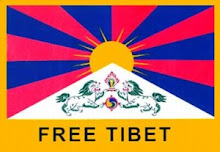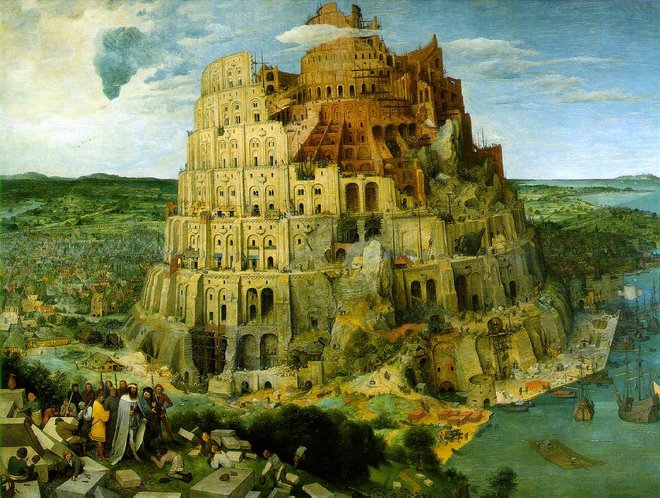
 «La cultura musical criolla y afroperuana se inicia con la llegada de los españoles y los esclavos africanos que fueron traídos por ellos. La cultura musical criolla en Lima construye de manera permanente una identidad propia, transformando los géneros musicales y patrones estéticos importados. Desde la presencia de valses de origen vienés, mazurcas, jotas españolas, continuando con la influencia de la música francesa e italiana, la cultura popular limeña se fue perfilando a través de la transformación y decantación de géneros, de tal manera que, aún asumiendo las modas correspondientes a cada época, se gestaron y desarrollaron algunas formas musicales que llegan hasta fines del siglo XX y que identifican lo limeño. Cada momento histórico, desde la época colonial hasta ahora, fue plasmándose de diferentes la cultura musical a través de los instrumentos musicales utilizados, las formas y contenidos del canto, los bailes. Entre los géneros más importantes, cultivados en el siglo XX se encuentran: el vals peruano, la marinera limeña o canto de jarana y el festejo…»
«La cultura musical criolla y afroperuana se inicia con la llegada de los españoles y los esclavos africanos que fueron traídos por ellos. La cultura musical criolla en Lima construye de manera permanente una identidad propia, transformando los géneros musicales y patrones estéticos importados. Desde la presencia de valses de origen vienés, mazurcas, jotas españolas, continuando con la influencia de la música francesa e italiana, la cultura popular limeña se fue perfilando a través de la transformación y decantación de géneros, de tal manera que, aún asumiendo las modas correspondientes a cada época, se gestaron y desarrollaron algunas formas musicales que llegan hasta fines del siglo XX y que identifican lo limeño. Cada momento histórico, desde la época colonial hasta ahora, fue plasmándose de diferentes la cultura musical a través de los instrumentos musicales utilizados, las formas y contenidos del canto, los bailes. Entre los géneros más importantes, cultivados en el siglo XX se encuentran: el vals peruano, la marinera limeña o canto de jarana y el festejo…» (Más informaciones: Wikipedia; Criollos peruanos en el mundo)
 «Musica criolla is a Peruvian genre of music, which combines mainly African, Spanish and Andean influences. The most popular style of musica criolla in Perú is the marinera, said to be the national dance of Perú. Other main genres are Peruvian vals and Tondero, festejo, polka, zamacueca, coplas de amor fino, landó. Musica criolla is a type of Mestizo music. Currently, some of the most famous musica criolla musicians are Carlos Hayre, songwriter Manuel Acosta Ojeda, performers like Lucy Aviles, Eva Ayllon, Alicia Maguiña and Peru Negro. The national "Day of Criolla Song" (Día de la Canción Criolla) is October 31 in Perú. This date coincides with the death of Musica Criolla icon Lucha Reyes, who died on that date in 1973.
«Musica criolla is a Peruvian genre of music, which combines mainly African, Spanish and Andean influences. The most popular style of musica criolla in Perú is the marinera, said to be the national dance of Perú. Other main genres are Peruvian vals and Tondero, festejo, polka, zamacueca, coplas de amor fino, landó. Musica criolla is a type of Mestizo music. Currently, some of the most famous musica criolla musicians are Carlos Hayre, songwriter Manuel Acosta Ojeda, performers like Lucy Aviles, Eva Ayllon, Alicia Maguiña and Peru Negro. The national "Day of Criolla Song" (Día de la Canción Criolla) is October 31 in Perú. This date coincides with the death of Musica Criolla icon Lucha Reyes, who died on that date in 1973.
Landó is a form of blues music popular in Perú. Musically the Lando is slower than the Festejo. Victoria Santa Cruz (who directed the National School of Folklore in Peru), worked to developed this genre around 40 or 50 years ago.It is related to South American dances of courtship because of its sensual movements on the dance and the soft tempo to sing. Since it is based lightly in a 3/4 time, it has become a popular choice for new Peruvian songwriters. It has origins in the Angolan londu, and is related to the Brazilian lundu.
Festejo (from Spanish 'fiesta') is a festive form of music. It can be seen as a celebration of Perú's independence and the emancipation of slaves, or as an attempt to reinvent diaspora African music without reference to slavery. Composers of all races have contributed to the development of festejo repertoire. Its origins are in a competitive circle dance performed by men playing cajónes. Nowadays, people of all ages and races participate in a witty dance accompanying the festejo.
The vals criollo is a unique musical form characterized by 3/4 time, originating in the coast of Peru. The vals criollo is a variation of the European Waltz brought by Spaniards to Peru, played with Spanish instruments by criollos or mestizos all races since the Peruvian Colonial Period.It was around the 30' when city neigborhoods or barrios starting developing their own styles. It was not much promoted by the media until the 50's when Chabuca Granda the most important composer of the Musica criolla started touring heavily. Other singers, songwriters and ethnomusicologists were compilating old interpretations and began recording songs that were never recorded before. The Musica criolla includes elaborate Spanish guitar work accompanied in recent years by cajon and castanuelas whith lyrics that talk about love, social dilemmas and nostalgia. This form is known outside of Peru as vals peruano (Peruvian waltz). (For more info: Wikipedia)
Link in comments











1 comment:
http://sharebee.com/437f250b
Post a Comment